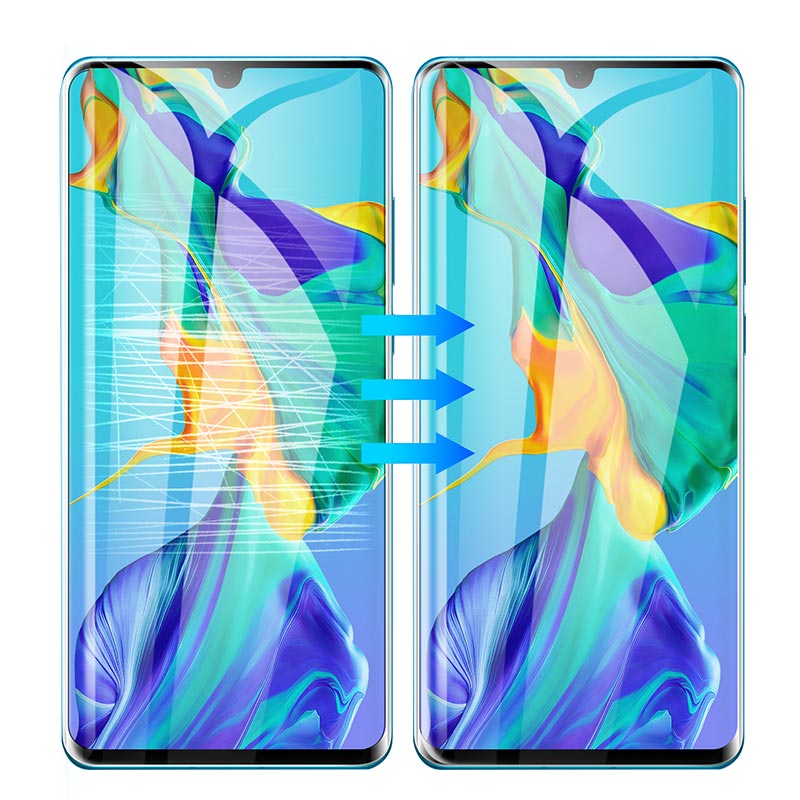

Many times I’ve brought on someone in a junior role, or simply used a stylist to quickly set dress a location with found existing objects, or to bring some selected items in with them if needed. Sometimes perhaps, but certainly not for every project.
How to adjust color on efilm lite professional#
While this is true, how many of us regularly work with a professional production designer?
This is carefully planned by art department as a whole in consultation with the director and cinematographer long before cameras roll. In post of course, a colorist can only work with what he (or she) is given, and so it can be argued that the overall look and feel of the image is the responsibility of the production designer. If you’ve never really come to grips with why certain colors or combinations of color evoke or induce a emotional response, or simply just look pleasing, this explanation of basic practical color theory may suddenly cause the puzzle pieces to fall together or spark some interest in researching it further. I want to share a few of my “ah ha!” moments that I assume some (most) of you already know, because of course it’s “assumed” knowledge, but the truth is maybe it will help more than a few of you to connect some dots of your own. This is logical, but I have found the assumed knowledge is often rarely discussed, because, well, it’s assumed that you already have it. At the same time, as your experience grows and your expanding network of connections allows you to move up the ranks, you also find the expected, assumed level of knowledge increases. I truly love it, the people, the gear, the creativity and energy. In this article we look at 5 common film color schemes that can help you understand how cinematic color design works. Being able to use color to create harmony, or tension within a scene, or to bring attention to a key visual theme can be used to spectacular effect.


 0 kommentar(er)
0 kommentar(er)
